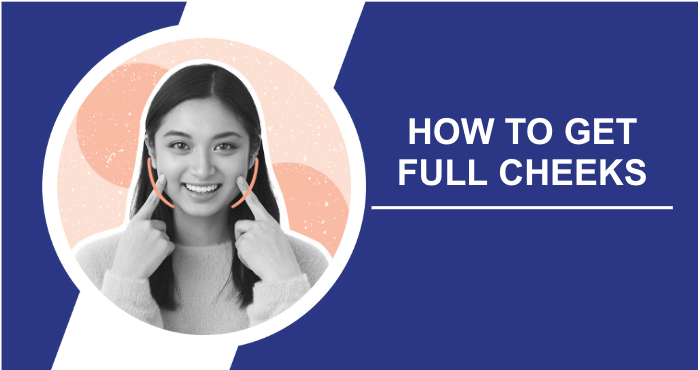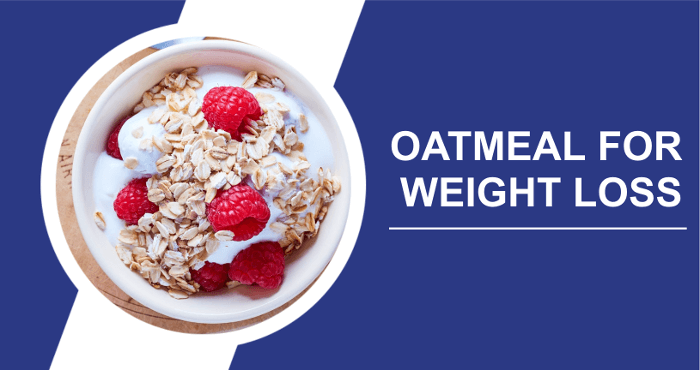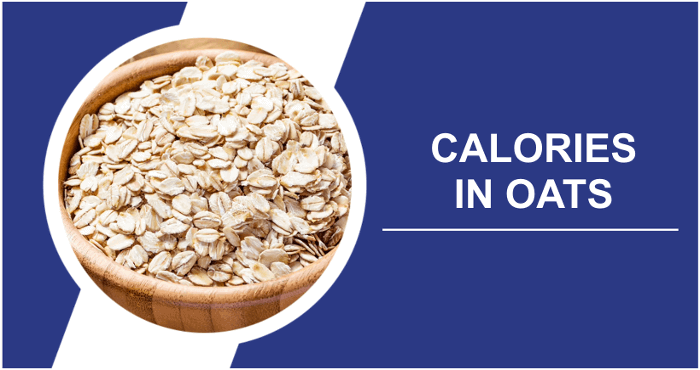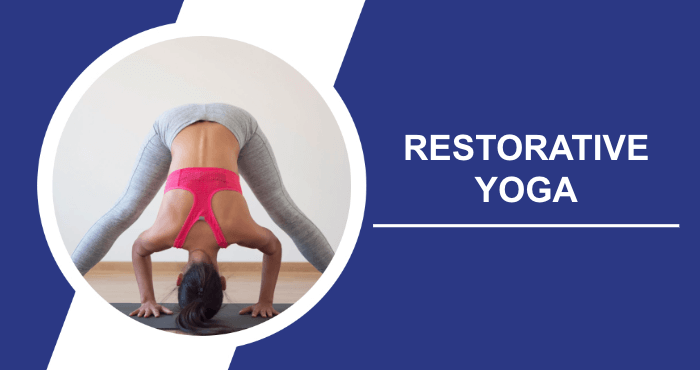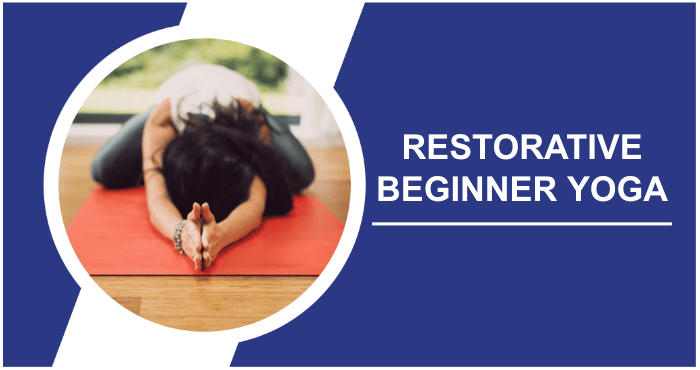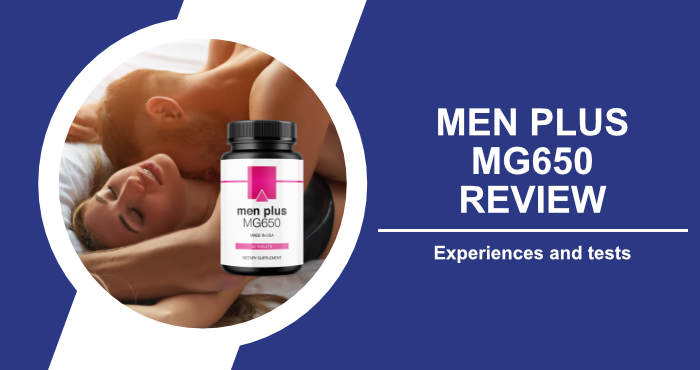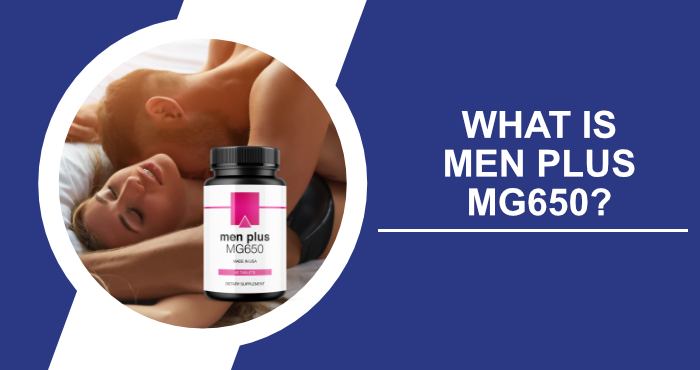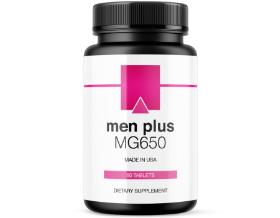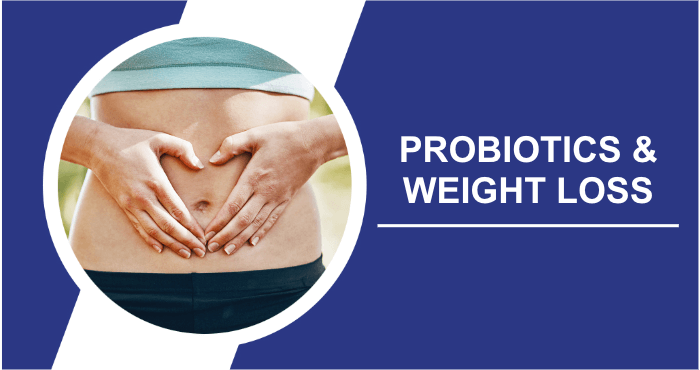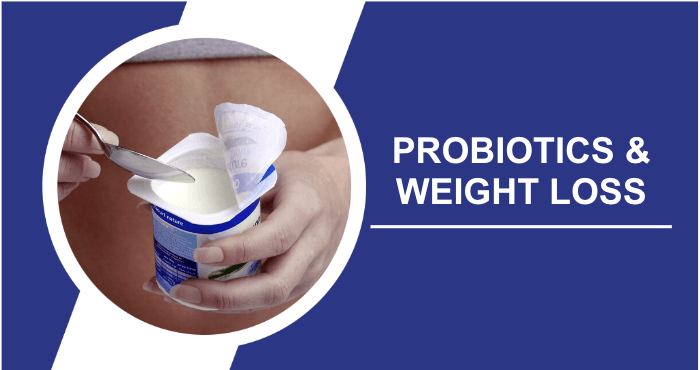Smooth, supple facial muscles and skin are signs of skin vitality and youthful appearance. Losing pounds on the face can lead to a loss of fullness. How do you get plumper cheeks faster in a natural way?
Over time, facial weight loss can lead to the development of facial wrinkles, fine lines, and sometimes dark spots. Here are several ways to rejuvenate your facial appearance naturally and without the need for fat transfer surgery.
How To Restore Facial Fullness After Weight Loss?
What are some simple methods to counteract rapid facial sagging after weight loss? How can you get fuller cheeks? The following ten natural approaches may help:
- Prioritize adequate sleep
- Reduce sugar intake
- Always wear sunscreen
- Use natural sources of procollagen
- Practice facial yoga
- Use aloe vera gel
- Include Vitamin C
- Consider retinoids
- Abstain from alcohol
- Refrain from smoking
How Can I Lose Weight Quickly And Efficiently In General?
Losing weight quickly and efficiently requires a balanced approach that includes both a healthy diet and regular exercise. Focus on making sustainable lifestyle changes, such as incorporating more fruits and vegetables into your meals, staying hydrated, and finding enjoyable physical activities. Remember that it’s important to prioritize your overall health and well-being rather than chasing quick results.
What Do I Generally Need To Look Out For After Losing Weight?
After losing excess weight, it’s important to pay attention to several aspects of your health and lifestyle. First, maintaining healthier eating habits is paramount to preventing weight regain. Continually monitor portion sizes and prioritize nutritious foods. Second, regular physical activity must remain a part of your routine to support weight maintenance and overall well-being.
Stay attuned to emotional eating triggers and implement effective stress management techniques to avoid reverting to old habits. Finally, consult with a healthcare professional to ensure that your weight loss hasn’t affected any underlying health conditions and to get guidance on how to maintain your progress. Remember, the journey doesn’t end with weight loss; long-term maintenance is key.
How Do You Get Plumper Cheeks?

Get enough sleep
In fact, we often feel pretty awful after a night of insufficient sleep. Did you know that the quality of your sleep can significantly affect the appearance of your skin? Inadequate sleep can disrupt the skin’s barrier function, while adequate sleep enhances the skin’s ability to rejuvenate itself after dehydration or exposure to factors such as UV light. As a result, it is one of the most cost-effective ways to combat skin aging and facial fat loss.
Limit Sugar Consumption
It probably doesn’t need to be emphasized that an excess of sugar can lead to an unfortunate sagging effect not only on our waistlines, but also on our faces. The advice is simple: reducing your sugar intake will not only improve your overall appearance and mood, but also contribute to a fuller and more youthful facial appearance.
Make Sunscreen A Daily Habit
One of the most important preventative measures on this list: Few things can keep your skin as soft as protecting it from the sun’s rays, a major contributor to the development of crow’s feet, fine lines and other signs of aging.
To avoid this undesirable outcome, try to stay indoors whenever possible. Always apply sunscreen, even when just driving. While it may not completely prevent facial weight loss, it can effectively hide some of the signs by keeping your skin plump, supple, and vibrant.
Include Natural Sources Of Procollagen In Your Diet
In addition to the factors mentioned above, your body needs two other components to produce collagen: the amino acids glycine and proline. Both of these natural elements are readily available in several common foods. A diet rich in healthy fats can help prevent facial weight loss.
Proline can be found in foods such as egg whites, dairy products, asparagus, and seaweed. Glycine, on the other hand, is abundant in gelatin, which is found in animal bones and skin. Bone broth, bone marrow, and any food containing real gelatin are all excellent sources of this essential element for plumper cheeks.
Facial Yoga
Let’s get into the details, starting with facial exercises. Surprising as it may sound, a widely cited study showed that dedicating thirty minutes a day to facial exercises for twenty consecutive weeks had a significant positive impact on cheek fullness in twenty-seven participants.
Facial exercises work on the same principle as regular physical exercise; just as you can tone your glutes with a targeted workout, you can plump up your sunken cheeks with an appropriate exercise regimen that focuses on these facial muscles. Consistent exercise not only stimulates collagen production, but also improves facial muscle tone, making it our number one recommendation for achieving chubby cheeks naturally.
Aloe Vera Gel
Aloe vera gel is commonly used to treat topical burns, but it is also proving to be a remarkably effective anti-aging solution. Daily application of aloe gel to the face can effectively reduce the appearance of wrinkles and stimulate increased production of collagen and elastin.
This home remedy for naturally plumper cheeks is not only budget-friendly, but also free of any negative side effects. It may even have the potential to promote localized fat loss in the area of application.
Vitamin C
This vitamin excels at treating and protecting against the adverse effects of sun-induced aging, also known as photoaging. Found naturally in fruits such as citrus, vitamin C serves as a potent antioxidant that provides benefits whether consumed or applied topically.
Vitamin C plays a critical role in the natural synthesis of collagen and can improve skin tone while preventing tissue damage by stabilizing and cross-linking collagen molecules during their production.
Retinoids
Retinoids are widely used in topical skin care. While they won’t cause weight gain in your face, they play a critical role in jumpstarting collagen production and increasing cellular turnover in the skin, particularly in the areas of the cheeks, cheekbones and neckline.
Avoid Alcohol
Alcohol abuse is one of the most detrimental actions you can take if you want to prevent loose skin and deep wrinkles in the future. Alcohol dehydrates the body, disrupts functional fat storage, and negatively affects the appearance of your skin. By abstaining from alcohol, you can maintain the proper functioning of essential systems and processes, resulting in more effective collagen production, plumper cheeks, and a more youthful complexion.
Quit Smoking For Good
If there’s a single recommendation on this list to follow, it’s this: never take up smoking, as it puts both your physical well-being and youthful appearance at risk. Smoking significantly hinders the cellular turnover process and inhibits the skin’s natural collagen production, effectively undermining the effects of any other measures you may be taking. It’s like exercising after overeating – why not save yourself the trouble?
Is It Possible To Prevent Sagging Skin Naturally?
Just like any other muscle in your body, your facial muscles can stay in good shape and avoid noticeable sagging with proper care and stimulation. Achieving better skin can be as simple as a trip to the grocery store.
What Causes Skin Volume Loss?
The factors that contribute to changes in facial volume and appearance are complex and varied. Just as individuals may wish to lose weight without losing breast size, many wish to tighten their faces while naturally retaining the fullness characteristic of youthful, plump cheeks. These influences can be divided into two main groups: intrinsic and extrinsic factors. Some potential intrinsic aging factors include:
- Genetics
- Cellular metabolism
- Hormonal changes
- Aging
Examples of extrinsic factors that may contribute to skin damage include:
- Sun damage
- Air pollutants
- Toxins and chemicals in the diet
- Physical trauma
- Weight fluctuations
- Health issues
The skin is organized into layers, with each new layer inheriting characteristics from the previous one. As we age, these new layers lose elasticity, revealing our true age. Wound healing slows, cell turnover rates decrease, and sagging skin becomes more noticeable, especially in highly mobile areas such as around the eyes and under the chin.
It’s important to note that these concerns are not exclusive to women; they apply to both men and women. While a fat burner for men may not be the answer, the home remedies discussed in this list are applicable to both genders.
What Exercises Help With Sagging Cheeks?
When it comes to treating sagging cheeks, there are several facial exercises that can help tone and lift the muscles in your cheeks and jawline. One effective exercise is the “cheek puff.” Simply inflate your cheeks with air and hold for a few seconds before releasing. Repeat several times a day to strengthen the muscles.
Another helpful exercise is the “smile and lift,” where you smile as wide as you can while lifting the corners of your mouth toward your eyes. Hold for a few seconds and then release. These exercises, combined with a healthy skin care routine and facial massages, can help you achieve firmer, more youthful-looking cheeks over time. However, it’s important to be patient and consistent with these exercises, as it may take some time to see results.
Are There Surgeons For Sagging Cheeks?
Yes, there are surgeons who specialize in treating sagging cheeks with various cosmetic procedures. One common option is a facelift, also known as a rhytidectomy, where a surgeon tightens and lifts the skin and underlying tissues to rejuvenate the appearance of the cheeks and jawline. Another procedure is cheek augmentation, in which synthetic implants are inserted to add volume and definition to the cheeks.
In addition, minimally invasive treatments such as dermal fillers can be used to add volume and lift sagging cheeks. Consulting with a board-certified plastic surgeon or qualified facial specialist can help determine the most appropriate surgical or non-surgical approach based on individual goals and needs. It’s important to thoroughly research and select a reputable and experienced surgeon for any cosmetic procedure.
FAQ
Is there a natural way to restore fullness to my features?
Yes, you can naturally plump your face after weight loss by incorporating facial exercises, maintaining a balanced diet rich in collagen-boosting nutrients, following a skin care regimen, and staying properly hydrated.
Are there skin care products that can help with facial plumping?
Yes, products containing ingredients such as hyaluronic acid, peptides, and retinoids can improve skin elasticity, reduce sagging, and contribute to a plumper complexion.
Can I target fat loss specifically in the face?
Unfortunately, reducing fat in the face alone is not possible. Overall weight loss and a healthy lifestyle can lead to fat loss throughout the body, including the face.
How long does it take to see noticeable results when trying to plump up the face naturally?
Results vary, but with consistency and a comprehensive approach, you can see improvements in a few weeks to a few months.
Are there professional treatments for facial plumping after weight loss?
Yes, non-surgical treatments such as dermal fillers and ultrasound therapy can help restore facial volume. Consult a dermatologist or plastic surgeon for personalized recommendations.
Conclusion
In the quest to restore facial fullness after weight loss, remember that it’s not just about reclaiming a look; it’s about embracing your unique journey. From the gentle power of facial exercises to the nourishing goodness of a balanced diet and skincare routine, you’re creating a narrative of self-care. Every product you apply is a reminder of your commitment to self-love.
And while quick fixes may be tempting, know that patience and persistence reveal the truest transformation. Professional treatments offer expert guidance on this journey, but ultimately it’s about celebrating your unique beauty that reflects a story that is uniquely yours.
Sources
- Alam, M., Walter, A.J., Geisler, A., Roongpisuthipong, W., Sikorski, G., Tung, R. and Poon, E. (2018). Association of Facial Exercise With the Appearance of Aging. JAMA dermatology, [online] 154(3), pp.365–367. Available at: Read article.
- Telang, P. (2013). Vitamin C in dermatology. Indian Dermatology Online Journal, [online] 4(2), p.143. Available at: Read article.
- Michalak, M., Pierzak, M., Kręcisz, B. and Suliga, E. (2021). Bioactive Compounds for Skin Health: A Review. Nutrients, [online] 13(1), p.203. Available at: Read article.
- Mukherjee, S., Date, A., Patravale, V., Korting, H.C., Roeder, A. and Weindl, G. (2006). Retinoids in the treatment of skin aging: an overview of clinical efficacy and safety. Clinical Interventions in Aging, [online] 1(4), pp.327–348. Available at: Read article.
- Tanaka, M., Misawa, E., Yamauchi, K., Abe, F. and Ishizaki, C. (2015). Effects of plant sterols derived from Aloe vera gel on human dermal fibroblasts in vitro and on skin condition in Japanese women. Clinical, Cosmetic and Investigational Dermatology, [online] p.95. Available at: Read article.
- Nguyen HP;Katta R (2015). Sugar Sag: Glycation and the Role of Diet in Aging Skin. Skin therapy letter, [online] 20(6). Available at: Read article.
- Liu, S.W., Lien, M.H. and Fenske, N.A. (2010). The effects of alcohol and drug abuse on the skin. Clinics in Dermatology, [online] 28(4), pp.391–399. Available at: Read article.
- Knuutinen, A., Kokkonen, N., Risteli, J., Vahakangas, K., Kallioinen, M., Salo, T., Sorsa, T. and Oikarinen, A. (2002). Smoking affects collagen synthesis and extracellular matrix turnover in human skin. British Journal of Dermatology, [online] 146(4), pp.588–594. Available at: Read article.
- Oyetakin-White, P., Suggs, A., Koo, B., Matsui, M.S., Yarosh, D., Cooper, K.D. and Baron, E.D. (2014). Does poor sleep quality affect skin ageing? Clinical and Experimental Dermatology, [online] 40(1), pp.17–22. Available at: Read article.
- Ganceviciene, R., Liakou, A.I., Theodoridis, A., Makrantonaki, E. and Zouboulis, C.C. (2012). Skin anti-aging strategies. Dermato-Endocrinology, [online] 4(3), pp.308–319. Available at: Read article.
